Harry Bates was a British sculptor. He is known for his works but more importantly, he played a prominent role in the New Sculpture, a British movement.
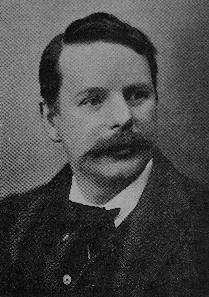
Early Life of Harry Bates
Harry was born on 26 April 1850 in Stevenage in Hertfordshire. He started his profession as a carver’s collaborator, and before starting with the standard investigation of plastic craftsmanship he went through a long apprenticeship on the year 1869 in architectural decoration the firm of Farmer and Brindley.
Achievements of Harry Bates
In the year, 1879 he went to London and entered the South London School of Technical Art (previously known as Lambeth School of Art, presently the City and Guilds of London Art School). He started studying under Jules Dalou and had won a silver medal in the national competition at South Kensington.
In the year 1881, he was admitted to the Royal Academy schools, wherein the year 1883 he won the gold medal and the scholarship for traveling with his alleviation of Socrates showing the People in the Agora, which demonstrated the beauty of line and congruity of organization. He quickly went to Paris, where he took up a free studio (on Dalou’s proposal) in 1883–85. He was highly influenced by the works of Rodin, who gave advice to him about his work.
Bates came back to Britain in the year 1886 and was chosen to the Art Workers Guild.
His Aeneas (1885), Homer (1886), three Psyche boards and Rhodope (1887), all indicated denoted a development in structure and poise. Bates’ essential ability lay in the organization and sculpting of the alleviation model, and it is in this medium that he accomplished his most actually and tastefully refined work.
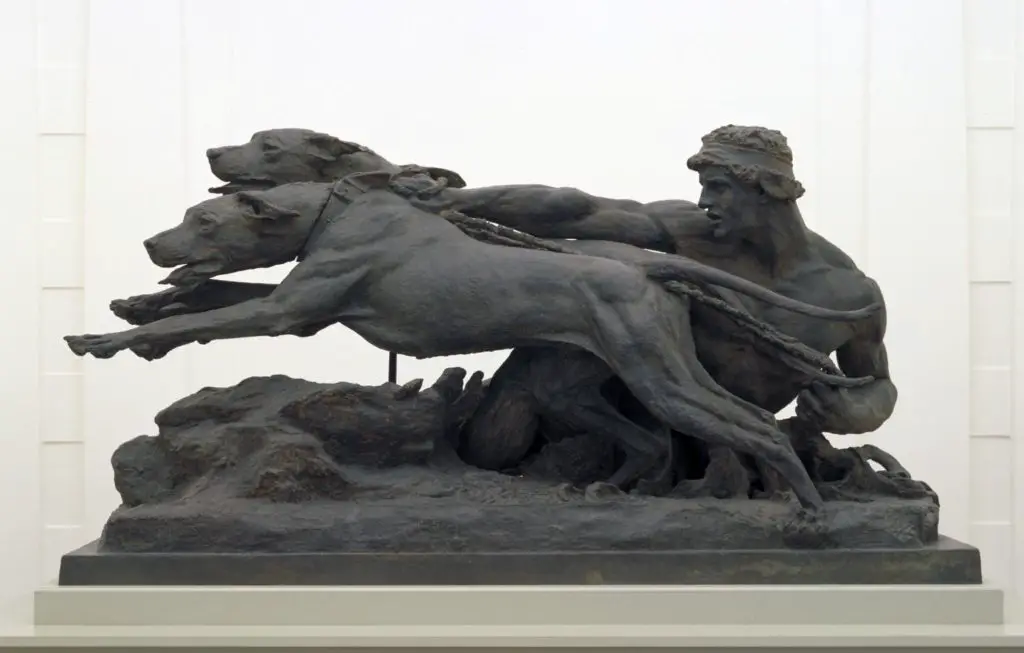
The unsupported perfect model remained the most significant of sculptural classes, be that as it may, and Bates progressively started sculpting statues, for example, in the 1889 Hounds in Leash. In this work, Bates exhibited his capacity to pass on an intense muscular structure and development and prompted his more prominent achievement and aspiration.
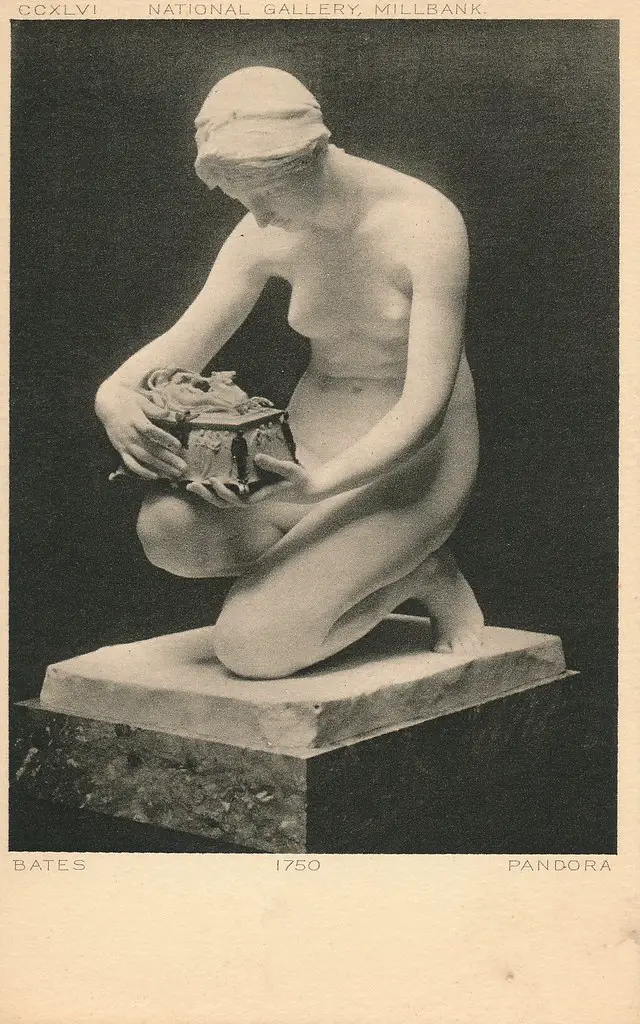
His next real statue, in the year 1890 ‘Pandora’, is all the more genuinely a figure in the round, and in this work Bates tried different things with polychromy and blended materials, making it into a paradigmatic case of his imaginative needs.
The container she holds is a genuine ornamental casket made of ivory and overlaid bronze and intricately cut with scenes from the Pandora legend. It was displayed in 1890 at the Royal Academy Summer Exhibition and obtained inside the next year for the Chantrey Bequest.
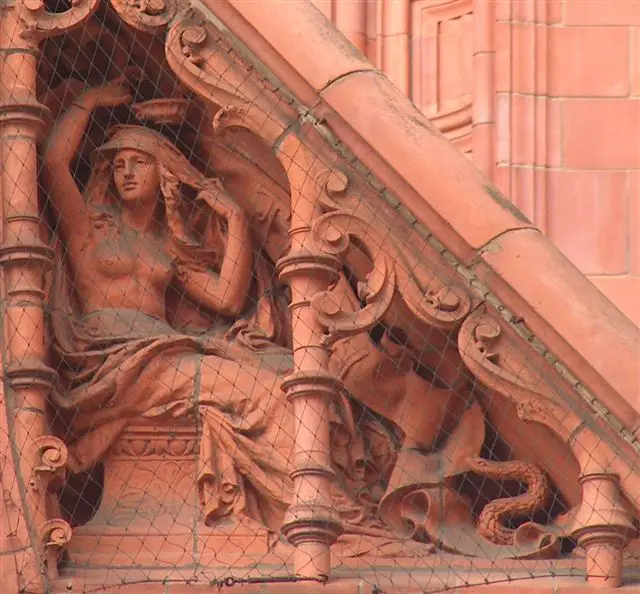
One of his last works was a huge statue of Queen Victoria which was displayed in Albert Square in Dundee. Some other famous works are his sculptor of the Maharaja of Mysore located in Mysore, India. The Lord Roberts statue is located in Kolkata, India.
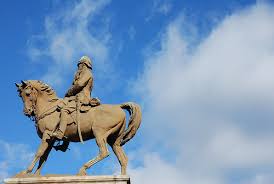
Death of Harry Bates
He passed away on 30 January 1899 at his living arrangement, 10 Hall Road, St. John’s Wood, N.W. He was covered at Stevenage on 4 February 1899.